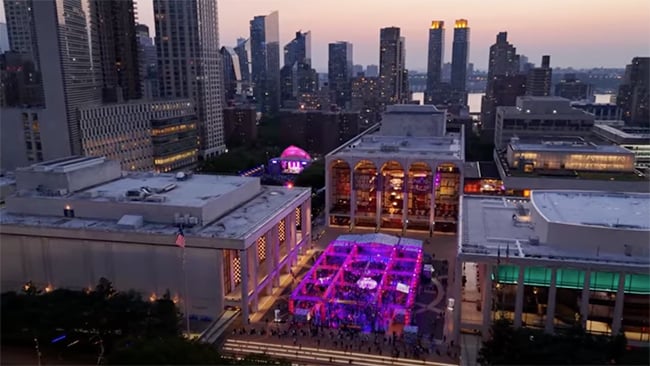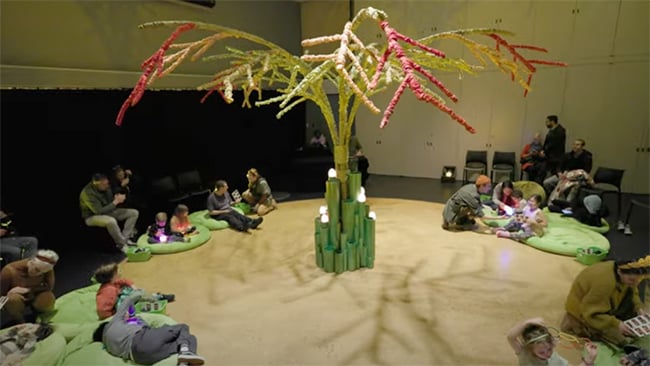In celebration of the 30th Anniversary of the Americans with Disabilities Act, Lincoln Center’s ADA in the Arts features programs with and for people with disabilities.
Audio description, captioning, ASL-interpretation and no access accommodations and sensory friendly versions available.
First up is a documentary short: Making Where Good Souls Fear. Peek into the world of disabled dancer and choreographer Alice Sheppard and get unique insight into the development of the dance work Where Good Souls Fear.
Making Where Good Souls Fear (0:00-11:39)
Featuring gritty VR footage from New York City streets and subways and beautifully-lit performance excerpts, this 11-minute documentary short by filmmaker Dahkil Hausif follows Alice as she cuts a pathway from street to stage and back, exploring her approach to choreography and disability arts along the way.
Wisp, the ground sighs (11:39-20:17)
After the streets of the city, our next video takes place in the parks, gardens, meadows, and trees of Atlanta, Ashland, New York, and the Bay Area. Wisp, the ground sighs is a new Kinetic Light video creation, exploring togetherness and connection across distance. Wisp features dancers Alice Sheppard, Laurel Lawson, and Jerron Herman, with lighting by Michael Maag.
About Kinetic Light
Kinetic Light is a project-based ensemble, working at the intersections of disability, dance, design, identity, and technology. Through nuanced investment in the histories, cultures, and artistic work of disabled people and people of color, Kinetic Light promotes intersectional disability as a creative force and access as an aesthetic critical to creating transformative art and advancing the disability arts movement.
About Alice Sheppard
Alice Sheppard is the Artistic Director of Kinetic Light, a leading disability arts ensemble. As a Bessie award-winning choreographer, Sheppard creates movement that challenges conventional understandings of disabled and dancing bodies. Engaging disability arts, culture, and history, she is intrigued by the intersections of disability, gender, and race. In addition to performance and choreography, Sheppard is a sought-after speaker and has lectured on topics related to disability arts, race, and dance. Her writing has appeared in the New York Times and in academic journals.


